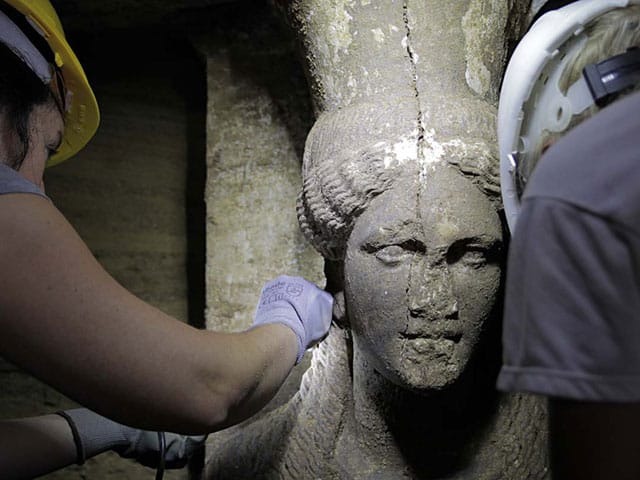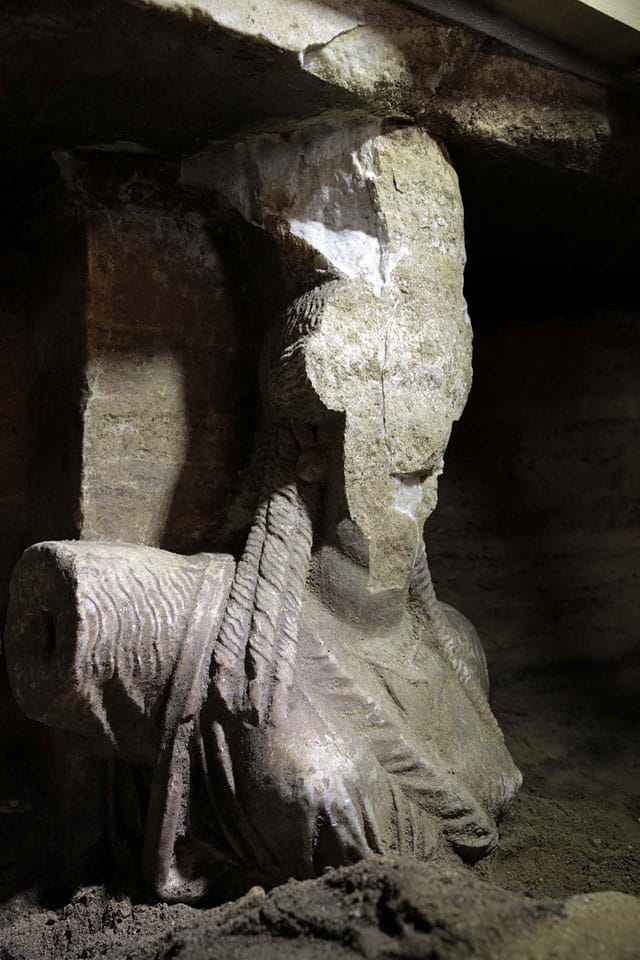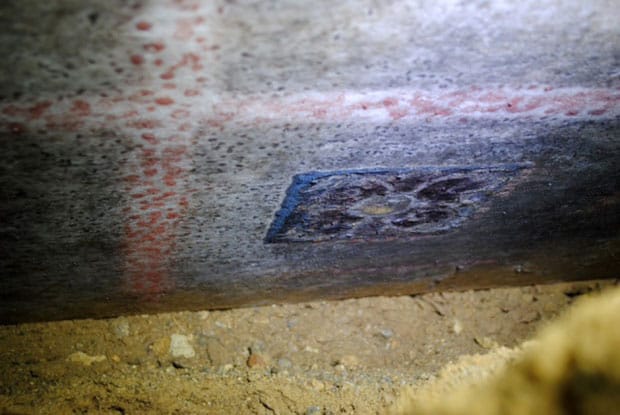Marble Caryatids and Panel Discovered in Greece's Largest Tomb
Archeologists have unearthed two lifelike caryatids and a large colored marble panel in a tomb in northern Greece — a find described by Greek Prime Minister Antonis Samaras as "extremely significant.”

Archeologists have unearthed two lifelike caryatids and a large colored marble panel in a tomb in northern Greece — a find described by Greek Prime Minister Antonis Samaras as “extremely significant.” Both the caryatids (sculptural female figures that double as architectural supports) and the panel were discovered in what’s likely the antechamber of the main room of Kasta Tumulus, the Associated Press and the Telegraph reported.

Although that main room hasn’t yet been explored, archeologists think that the Kasta Tumulus tomb, located in Amphipolis in the northern region of Macedonia, is connected in some way with Alexander the Great. Difference sources dates it from 325–300 BCE or 356–323 BCE, but either way, the tomb — which is the largest ever discovered in Greece — is believed to have been built for one of Alexander’s relatives or generals, “a prominent Macedonian of that era,” according to an official from the culture ministry.
The caryatids, which boast long, wavy locks of hair, are made of marble and have been excavated to mid-bust, at a height of 60 centimeters (23.62 inches). The panel, also made of marble, features carved geometric shapes and is painted dark red and yellow. Measuring 4.2 meters (13.78 feet) long by one meter wide, it sits up on the wall in the same room. The lay-out of the tomb, with these beautiful pieces in the antechamber, “gives us an important clue that it is a monument of particular importance,” said a representative of the Greek culture ministry. According to Agence France-Presse, some speculate that the entire tomb remains “untouched, with its treasures intact.”






